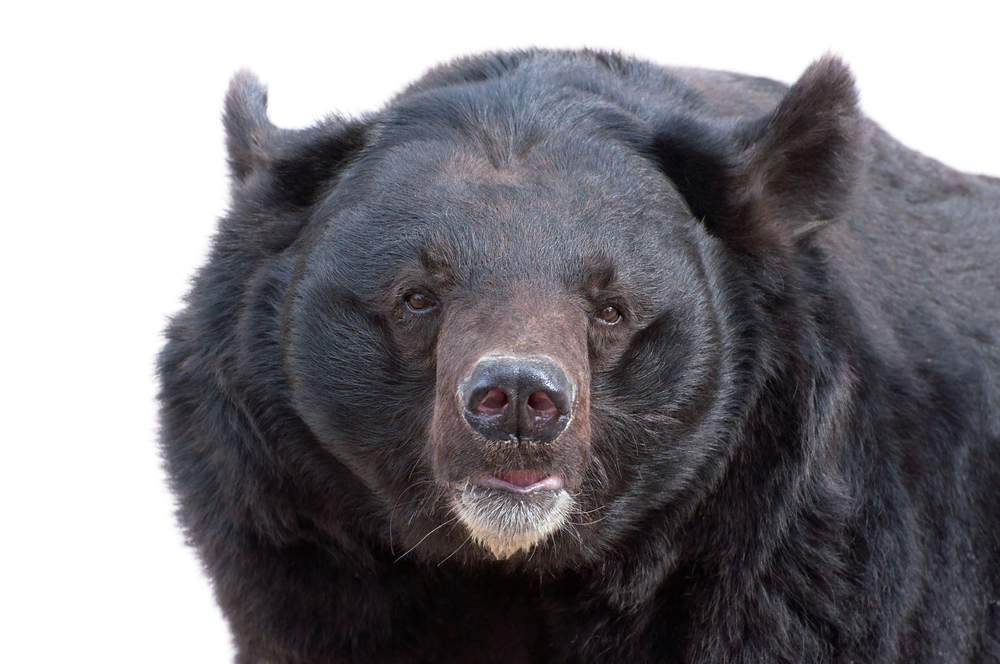
People are being warned not to stray into the forest in Japan’s Akita prefecture, a mountainous area in the north of the country’s main island Honshu, after the discovery of four bodies in the last few days. The victims are believed to have been fatally attacked by bears—with some speculating that one rogue animal could have been responsible for all four deaths.
When the remains of Tsuwa Suzuki were discovered at the weekend, the woman’s body was so badly mauled that local authorities struggled to identify her. The 74-year-old had ventured into the mountain forest to pick edible wild plants, a popular pursuit in Japan at this time of year, and news of her death came soon after the confirmed killings of three men in separate bear attacks in the same area. The men had been foraging for bamboo shoots, and all sustained ‘severe’ injuries.
Japan has experienced serial attacks by rogue bears in the past. In 1915, an enormous 8.85ft brown bear weighing 749lb killed seven villagers and severely injured many more on the northern island of Hokkaido in an infamous episode known as the Sankebetsu incident.
Talking about the recent deaths, Takeshi Komatsu, a local veterinarian, opined that a single bear may have been responsible because the attacks all occurred in one area and happened within a short timeframe. ‘After tasting human flesh, the bear may have learned it can eat them,’ he told Kyodo News agency.
And his conjecture was given some credence today, when news broke of human remains having been discovered in the stomach of a bear shot in the area on the same day as Tsuwa Suzuki’s body was found.
Japan has populations of Asiatic black bears and brown bears. Hokkaido, which is about the size of Ireland, is home to 1,000–3,000 brown bears, while large numbers of black bears have historically existed on the nation’s bigger islands of Honshu, Kyushu and Shikoku.
However, the relationship between people and bears is far from harmonious. There’s a strong hunting culture in rural Japan, and habitat loss and road accidents have also taken a heavy toll. According to the WFF, one population of black bears in Kyushu is now extinct and another in Shikoku is critically endangered, with less than 20 animals remaining.
Since World War II, large chunks of indigenous deciduous and mixed-tree forests in the highlands have been felled to make way for coniferous forests used in timber production, which has destroyed much of the bears’ natural habitat and forced them down the mountains, where meetings with humans have become more common.
This—combined with an abundance of beechnuts this year, which has led to a spike in the number of surviving cubs—has resulted in a massive rise in the frequency of bear encounters, some near residential areas. To date, 1,200 bear sightings have been reported already this year, nearly twice the number reported last year. Between 1979 and 2015 there were only eight fatal bear attacks in Akita, and this year alone has already seen four deaths.
Adolescent bears and protective mothers with young cubs are thought to pose the most danger to human life. ‘From summer to after autumn, people risk being attacked by mature cubs,’ Kazuhiko Maita, chief director of the Institute for Asiatic Black Bear Research and Preservation, told the Yomiuri Shimbun.
According to experts, the risk of being attacked can also be minimised by carrying a bell, as most bears will avoid contact with humans if they can. Although whether that applies to a potential rogue bear is yet to be tested.
If you do encounter a bear, in Japan or anywhere else, the advice is to back away slowly, watching the animal at all times. Or nonchalantly snowboard out of harms way while singing awfully to try and put the bear off you, like this girl allegedly did.
